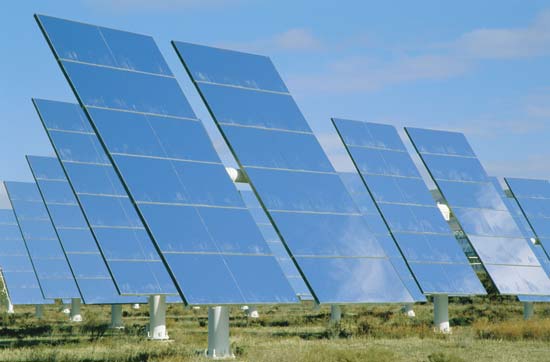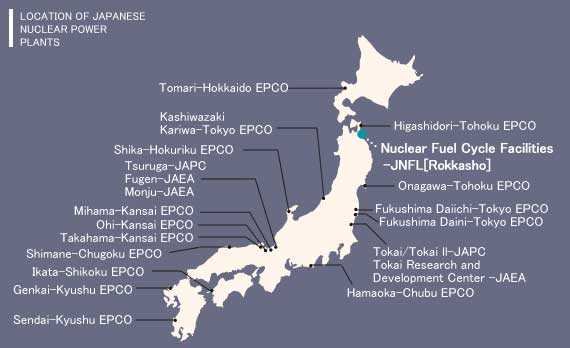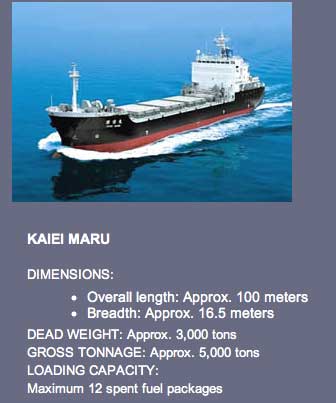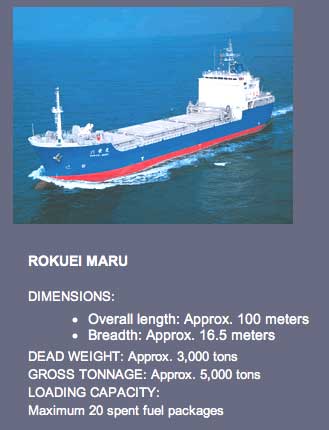斉藤和義 (@kazuyoshi_saito) の『ずっとウソだった』という歌は反原発への感情を表しています。
Kazuyoshi Saito (斉藤和義) turned his commercial song for Shiseido cosmetics, a love ballad “I always liked you,” into an anti-nuclear song, “It was always a lie” (ずっとウソだった). I like the simplicity of the web video mixed with his scathing protest message.
Decades of propaganda convinced many Japanese that nuclear power was safe. There were even special programs aimed at persuading young mothers that it was OK to live near a nuclear plant. Recent street protests in Tokyo and online media challenge a decades-old consensus between corporations, governments, and university researchers.
I am moved by the mix of outrage and rebellion.
『ずっとウソだった』
この国を歩けば、原発が54基
教科書もCMも言ってたよ、安全です。俺たちを騙して、言い訳は「想定外」
懐かしいあの空、くすぐったい黒い雨。ずっとウソだったんだぜ
やっぱ、ばれてしまったな
ホント、ウソだったんだぜ
原子力は安全です。ずっとウソだったんだぜ
ほうれん草食いてえな
ホント、ウソだったんだぜ
気づいてたろ、この事態。風に舞う放射能はもう止められない
何人が被曝すれば気がついてくれるの?
この国の政府。この街を離れて、うまい水見つけたかい?
教えてよ!
やっぱいいや…もうどこも逃げ場はない。
ずっとクソだったんだぜ
東電も、北電も、中電も、九電も
もう夢ばかり見てないけど、ずっと、クソだったんだぜ
それでも続ける気だ
ホント、クソだったんだぜ
何かがしたいこの気持ち
ずっと、ウソだったんだぜ
ホント、クソだったんだぜ
I found the lyrics translated into English online, but I’ll try to improve the translation later:
“You have been telling a lie”
When we walk around this country,
we can find 54 Nuke power plants
My text book and CM always told me,
“It’s SAFE”
You have been telling a lie,
then your excuse is just “UNEXPECTED”
I remember the clear sky,
but now, it turns black rain
You’ve been telling a lie,
it was exposed after all, I know
Yeah, it was a lie, “Nuke is completely safe”
You’ve been telling a lie,
I just wanna eat such a delicious spinach once again.
Yeah, it was a lie,
You should have noticed this ball game
We can’t stop the contaminated wind anymore
Do you accept if you find it about how many people would be exposed by the radiation?
How do you think? I’m asking you, Jap Gov.
When you leave this town,
Coudl you find delicious water?
Tell me, whatever, there’s no way to hide
They are all suck, Tepco, Hepco, Chuden and Kanden
We never dream a dream anymore
But they are all suck
They still keep going
They are truely suck
I wanna take action, how could I handle this feeling?
They are telling a lie….
We are all suck….




